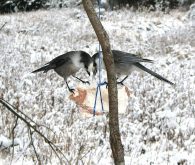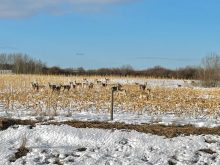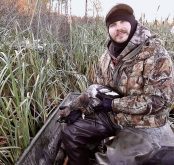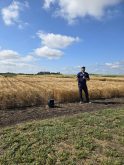Producer groups say a proposal to add elk to federal traceability rules is not a problem for the industry.
In fact, according to Ian Thorleifson, provincial programs in regions like Alberta have already gone above and beyond what the federal proposal would entail.
Livestock sectors have until June to give feedback on proposed changes to federal traceability rules under the Canadian Food Inspection Agency.
Read Also
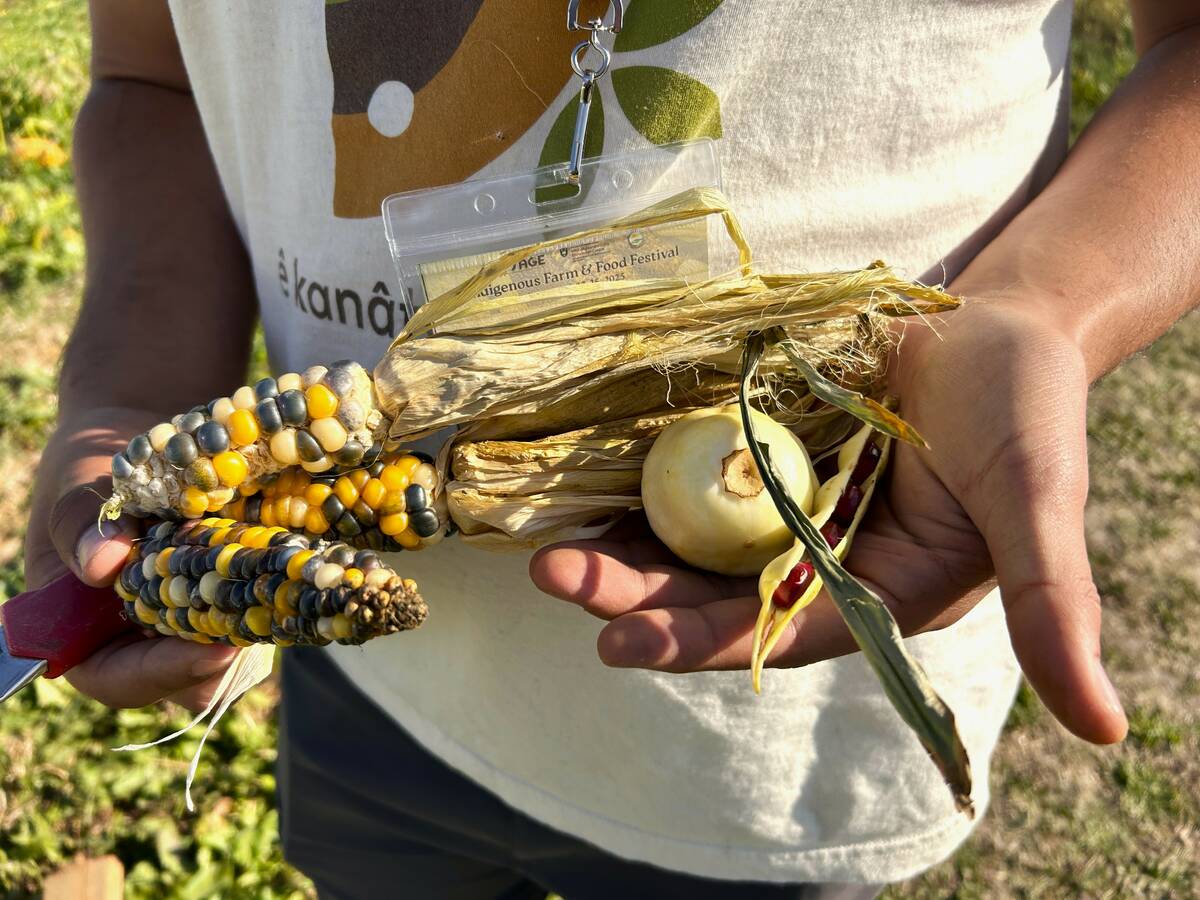
Regenerative practices meet Indigenous knowledge on the Prairies
What do traditional Indigenous agricultural practices and regenerative agriculture have in common? Quite a lot it turns out.
Thorleifson, president of the Manitoba Elk Growers Association, is a longstanding voice in the development of livestock traceability programs in Canada. He also has a pending role on the Canadian Cattle Identification Agency board, representing cervids including elk.
Despite its name, the CCIA also administers traceability for bison and sheep and will add goats and cervids, assuming proposed regulation changes go through.
The CFIA recently opened a 90-day comment period on its proposed traceability changes. The new rules would make goats and cervids subject to federal traceability programs for the first time, under the reasoning that both species can share disease with other regulated livestock. Other non-species-specific changes would shorten the reporting window and require more geographical data.
Thorleifson noted the elk sector started pursuing traceability in 1989 at the behest of provinces and wildlife agencies.
Nationally, other livestock groups at the time were also talking about traceability, looking to both avoid trade disruptions from disease and capitalize on the market appeal of pasture-to-plate. But while the cattle sectors became covered under the CCIA, elk producers were left to continue developing regional systems.
The result was a regulatory patchwork, with some provinces having little traceability and Alberta developing a gold standard for the industry.
The detail of Alberta’s cervid farming system helps facilitate live animal export to the U.S., the sector’s most profitable market, Thorleifson said.
The program is mandatory for elk producers in that province, Connie Seutter noted. The Edmonton-area farmer is also president of the Canadian Cervid Alliance.
“It tracks a cervid from the day it’s born to the day it dies and anywhere it’s travelled in between,” she said.
Producers get a certificate for each calf after birth. Any sale or export of the animal is then tracked. That information is the basis for annual inventories.
“When we pull up a list of all of our animals and what’s happened to them, as many as ever have been on our farm, it’ll tell us exactly what’s happened with that animal…It’s been very useful in that sense. There’s no questions ever,” Seutter said.
Yukon has a similar system as Alberta, although not as well enforced, Thorleifson noted, while the elk sector in the Maritimes is small with little traceability, although the animals must be identified. Both Manitoba and Saskatchewan have basic inventory systems, while Ontario is “very open,” he said.
“There’s no legislation that governs the cervid industry, however the Ministry of Natural Resources [and Forestry] still has a very powerful say in what happens with cervid species, because there’s never been a clear statement that farmed cervids were not subject to the wildlife legislation in Ontario,” he said.
Farmed cervids in Quebec have been subject to provincial livestock ID and traceability requirements since 2009. Thorleifson says that program is more a tool to trace inventory for farm insurance purposes.
“The short summary of all of that is that the cervid industry in Canada is very familiar with traceability, very familiar with the tagging requirements, movement reporting, inventory reporting.”
Consistency
The proposed new CFIA rules would create more standardization, but would still be a hybrid system in practice, Thorleifson said.
Alberta was loath to replace its well-oiled method with a federal alternative that many considered less comprehensive, he noted. The federal system would track movement but not inventories. Quebec also wanted its own approach.
“It’s not going to be uniform across Canada. It may never be,” Thorleifson said, though it will allow provinces without previous strong programs to make up ground.
For Alberta producers, little would change under the CFIA’s proposal. Producers would use the same tags as they do now and still report to the cervid farming system. Required information would be passed from the provincial system to the CFIA through a new data portal.
In Quebec, producers would follow a similar protocol through that province’s traceability agency, Attestra.
All other provinces would use tags approved by the CCIA, which would then give the data to the CFIA.
“It’s going to be an interesting situation, but overall, it’s not hard to imagine how it’s going to work and I think it will work quite well,” Thorleifson said. “And it will be advantageous for producers.”
He pointed to increased market access and better ability to move animals within Canada, which sometimes has as tight or tighter restrictions than international requirements.




